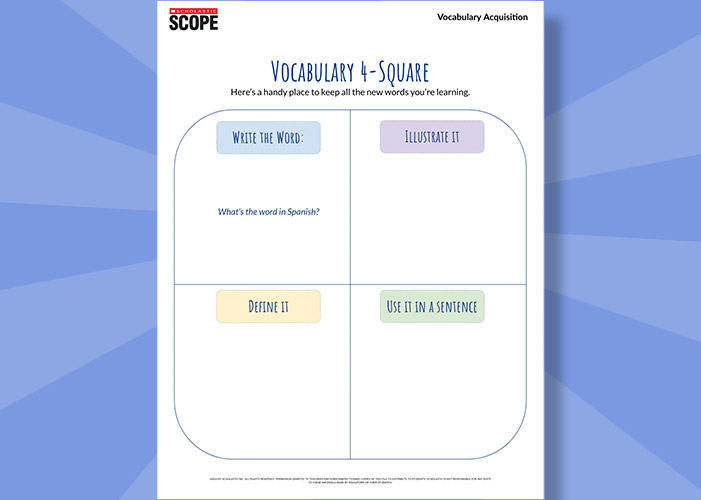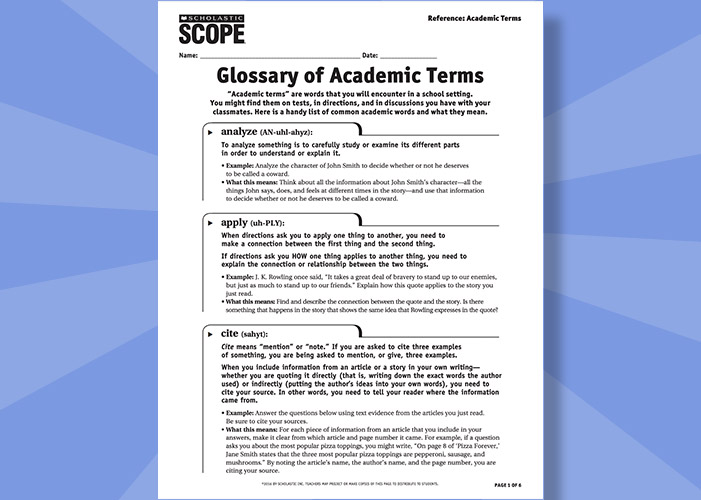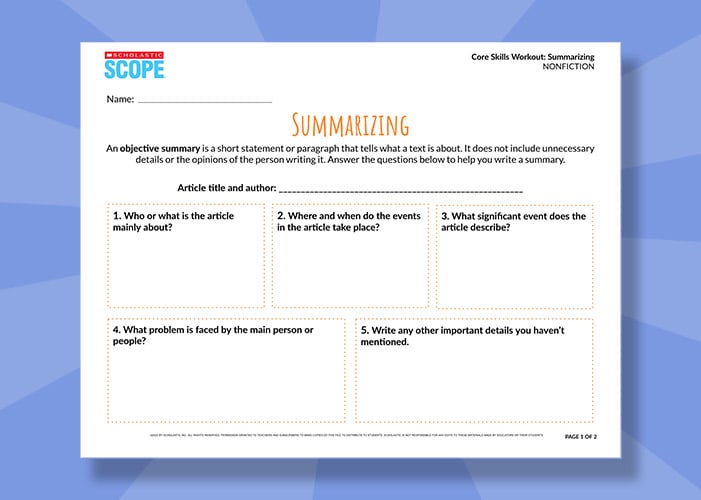Our fascinating narrative nonfiction articles are designed to build knowledge, vocabulary, and important ELA skills through speaking, listening, reading, and writing. Available in both English and Spanish, this collection of articles and resources serves as linguistic support and scaffolding for the Spanish-speaking students in your classroom.
In this collection you’ll find:
- Five Articles:
- Scope narrative nonfiction articles in Spanish and English
- “Multilingual Learner Support” included for each article: questions and tips designed to help students respond to each article at the level that’s right for them
- Teaching Strategies:



